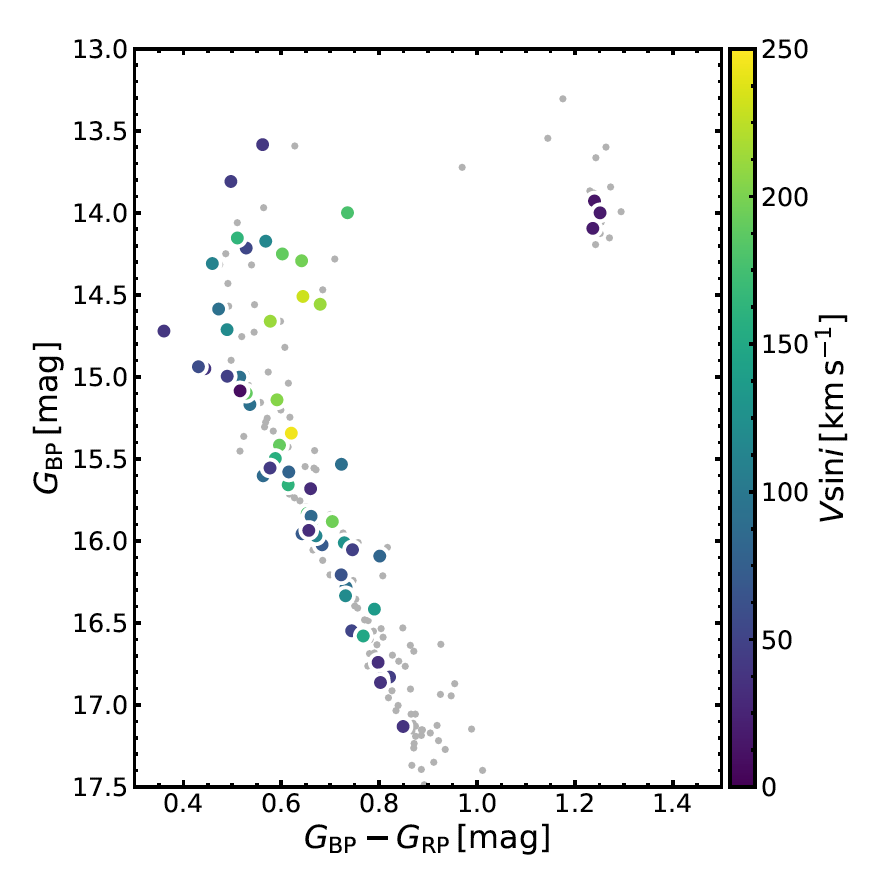
For this purpose he used a set of stars that had reliable parallaxes and many of which had been categorized at Harvard. He was studying the relationship between the spectral classification of stars and their actual brightness as corrected for distance-their absolute magnitude. Īt Princeton University, Henry Norris Russell was following a similar course of research. These plots showed a prominent and continuous sequence of stars, which he named the Main Sequence.

He published the first plots of color versus luminosity for these stars. The following year he began studying star clusters large groupings of stars that are co-located at approximately the same distance. To distinguish these groups, he called them "giant" and "dwarf" stars. These stars are either much brighter than the Sun, or much fainter. In Potsdam in 1906, the Danish astronomer Ejnar Hertzsprung noticed that the reddest stars-classified as K and M in the Harvard scheme-could be divided into two distinct groups. Pickering at Harvard College Observatory developed a method of categorization that became known as the Harvard Classification Scheme, published in the Harvard Annals in 1901. The spectra of stars were shown to have distinctive features, which allowed them to be categorized. In the early part of the 20th century, information about the types and distances of stars became more readily available. These are all regions of star formation that contain many hot young stars including several bright stars of spectral type O. Hot and brilliant O-type main-sequence stars in star-forming regions. After the hydrogen fuel at the core has been consumed, the star evolves away from the main sequence on the HR diagram, into a supergiant, red giant, or directly to a white dwarf. In general, the more massive a star is, the shorter its lifespan on the main sequence. When core convection does not occur, a helium-rich core develops surrounded by an outer layer of hydrogen. Main-sequence stars below 0.4 M ☉ undergo convection throughout their mass. With decreasing stellar mass, the proportion of the star forming a convective envelope steadily increases. Below this mass, stars have cores that are entirely radiative with convective zones near the surface. Main-sequence stars with more than two solar masses undergo convection in their core regions, which acts to stir up the newly created helium and maintain the proportion of fuel needed for fusion to occur. Above this mass, in the upper main sequence, the nuclear fusion process mainly uses atoms of carbon, nitrogen, and oxygen as intermediaries in the CNO cycle that produces helium from hydrogen atoms.
#Main sequence series#
The Sun, along with main sequence stars below about 1.5 times the mass of the Sun (1.5 M ☉), primarily fuse hydrogen atoms together in a series of stages to form helium, a sequence called the proton–proton chain. The main sequence is sometimes divided into upper and lower parts, based on the dominant process that a star uses to generate energy. The energy is carried by either radiation or convection, with the latter occurring in regions with steeper temperature gradients, higher opacity or both.

Energy generated at the core makes its way to the surface and is radiated away at the photosphere. The strong dependence of the rate of energy generation on temperature and pressure helps to sustain this balance. The cores of main-sequence stars are in hydrostatic equilibrium, where outward thermal pressure from the hot core is balanced by the inward pressure of gravitational collapse from the overlying layers. During this stage of the star's lifetime, it is located on the main sequence at a position determined primarily by its mass, but also based upon its chemical composition and age. These are the most numerous true stars in the universe, and include the Sun.Īfter condensation and ignition of a star, it generates thermal energy in its dense core region through nuclear fusion of hydrogen into helium. Stars on this band are known as main-sequence stars or dwarf stars. These color-magnitude plots are known as Hertzsprung–Russell diagrams after their co-developers, Ejnar Hertzsprung and Henry Norris Russell. In astronomy, the main sequence is a continuous and distinctive band of stars that appears on plots of stellar color versus brightness.


 0 kommentar(er)
0 kommentar(er)
